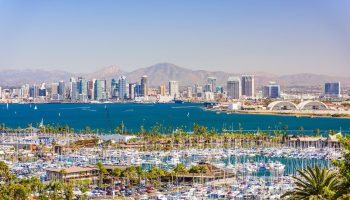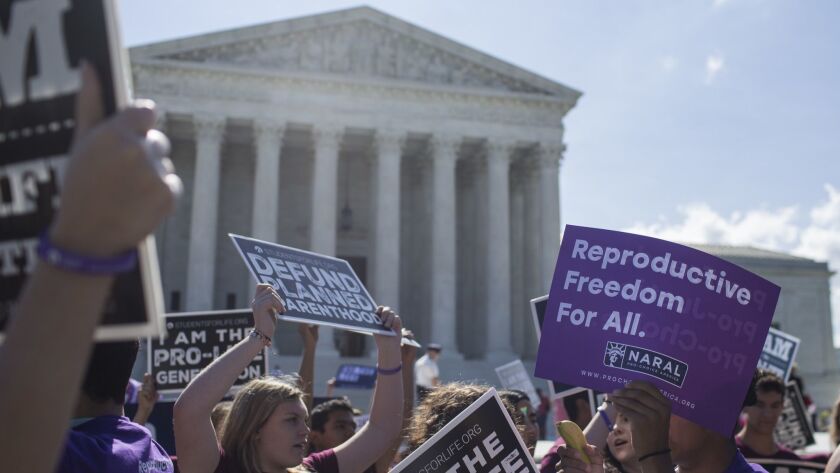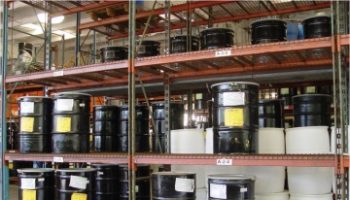Common Household Wastes in San Diego
Most people throw out a lot of garbage every week. Such waste is accumulated through packaging, food, household products, and cardboard. Most people don’t think about the waste they produce and it’s usually burned in a Californian landfill with harmful chemicals for the environment. Over time, more and more waste is produced. Here are ways to reduce the amount of waste you put out.
How to reduce Waste
According to recent statistics, about 15 million tons of recyclable rubbish ends up in US landfills each year. This is why reducing waste is a good idea. If you want to know how to reduce waste, you should follow simple rules and tips.
First of all, you should reduce the amount waste you produce. For example, you can use reusable containers to take lunch to work instead of using disposable paper or plastic containers. This way you won’t throw them away as soon as they get dirty. Also, you can start using reusable bags instead of paper or plastic bags. Reusable bags are not only more environmentally friendly but also save you money in the long run.
- Reduce the amount of waste materials you use.
- Recycle the waste you do produce.
- Make sure your waste is dealt with correctly.
- Promote the use of less harmful waste products.
- Teach others how to reduce waste and recycle effectively.
Why should you reduce waste in San Diego
Local landfills are growing in size at an alarming rate, filled every day by dumpster rental. You are likely to walk by a construction site or building that has a dumpster in it. It’s important to reduce the amount of waste you produce and know what you can recycle.
Recycling centers are common in San Diego and they can take a wide variety of materials and turn them into something new. It’s important to use the recycling centers provided by San Diego and it could even save you money on your taxes. There’s no need to throw something away that could be used again to create something else.
Reducing waste at home is important because it helps the environment and costs you less in the long run if you use a dumpster rental service. Reducing waste not only helps you by eliminating unnecessary spending and reducing clutter in your home, but also helps out the planet in the long run.
By eliminating items and food you don’t need, you are keeping them out of a landfill, or any other area for that matter. You are reducing how much food is thrown away, thus lowering expenses at the grocery store and helping the environment by reducing how much pollution you and others create by having to throw it away.
How to Reduce Kitchen Waste
Reducing waste at home is important because it helps the environment and costs you less in the long run. Reducing waste not only helps you by eliminating unnecessary spending and reducing clutter in your home, but also helps out the planet in the long run.
By eliminating junk and food you don’t need, you are keeping them out of a San Diego landfill, or any other area for that matter. You are reducing how much food is thrown away, thus lowering expenses at the grocery store and helping the environment by reducing how much pollution you and others create by having to throw it away.
The nation is overflowing with plastic waste, both in the oceans and in landfills via dumpster rentals, and it’s not hard to understand why this is the case – we produce more plastic than ever before and most of us don’t know how to deal with it once we’re done with it.
It’s terrible for the environment and it’s even worse for our health and wellbeing. While plastic has a lot of uses and it’s convenient for many households, it’s not necessary for everything, especially when it comes to home decor. Try to get rid of material that causes a lot of waste, like foam, and go for more natural and reusable materials, such as wood and metal. This is a great way to make your home more beautiful while also reducing plastic waste.
How to Reduce Food Waste
Be careful when storing your food. Storing food in the refrigerator should be organized in a way that it’s easy to find. It’s best to group your food according to type of food rather than the date when the food was canned.
Properly storing your food will result in a longer shelf life for your food and save you money on food you don’t need to throw out. When you’re ready to use your food, check the expiration date on the food and make sure to cook the food before it expires.
How to Reduce Waste in Your Home
- Reusable water bottles are a great way to reduce plastic water bottle waste.
- Implement a zero-waste policy around your house. By finding creative ways to reuse materials, you won’t have to add to the world’s waste problem.
- Make a compost pile in your backyard. This allows you to compost food scraps and other biodegradable trash wastes to make a great fertilizer for your garden.
- Make your children aware of the waste problem in the world. This can be done by encouraging them to recycle and compost at home.
The 5 R’s of waste reduction
- Reuse – reuse items and clean up the environment.
- Reduce – reconsider your wants and needs.
- Repair – fix items rather than buying new ones.
- Recycle – recycle metal, paper, plastic and glass.
- Rot – compost and use natural remedies for houseplants.
General Tips to Reduce Home Waste
1. Make sure you recycle and compost your trash by alternating your trash and recyclables.
2. Stop buying single-use items like water bottles, bags, and plastic utensils.
3. Stop buying packaged food.
4. Serve some meals for your family out of the oven and others on the stove.
5. Buy more in bulk.
6. Keep a list of things to purchase in mind.
7. Buy food from local farms to reduce the amount of travel your food has to go through.
8. Bring your own bag to the grocery store.
9. Make your own cleaning products.
10. Buy fewer items with your hard earned money.











